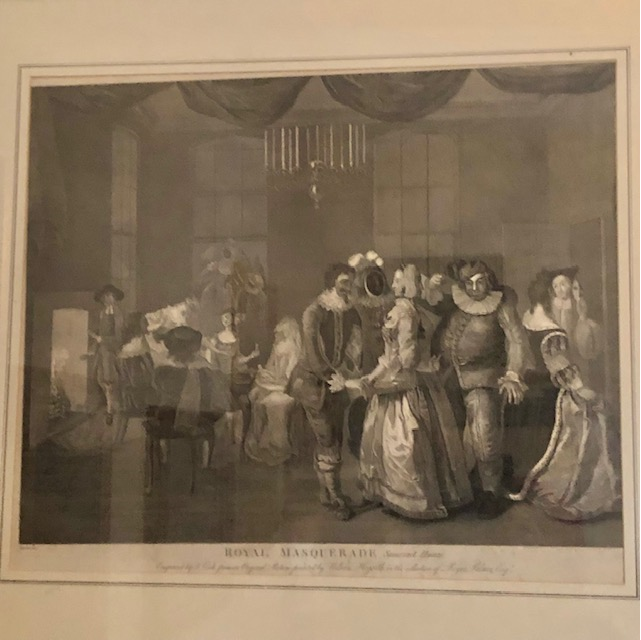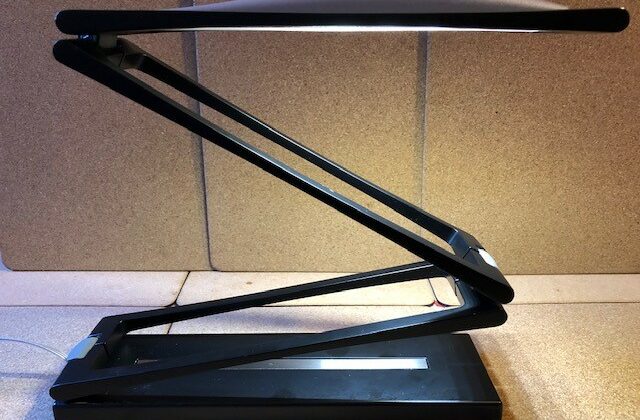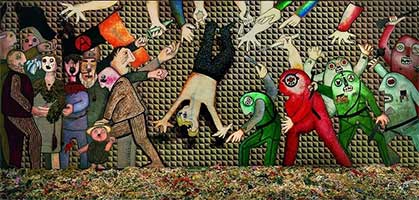Hogarth and his modern moral series
Prof. Francesco Carelli
“Royal Masquerade” Original lithography, 1748
Few artists have defined an era as much as William Hogarth ( 1697 – 1764 ), whose vivid, satirical depictions of 18th century England continue to capture the imagination today. Tate Britain’s major exhibition “Hogarth and Europe” presents his work in a fresh light, seen alongside works by his continental contemporaries. It explores the parallels and exchange that crossed borders and the cosmopolitan character of Hogarth’s art. Hogarth had a great complexity, whether as staunch patriot or sharp critic, bawdy satirist or canny businessman. Also, he examines the shifting status of artists in the 18th century, from workshop artisans and court painters to independent freelancers enjoying prominence alongside actors, musicians and writers. Hogarth painted the busting London streets.
It was an age of opportunity and innovation, but also materialism, self-delusion, exploitation and injustice, new heights of luxury emerged with extreme poverty, while growing cities saw overcrowding and disease. The rising demand for consumer goods at home came at the expense of the labour and lives of enslaved and colonised people overseas. Against the backdrop of this changing world, artists like Hogarth pioneered a new painting of modern life, revealing its pleasures and dynamism but also its dangers and stark inequalities. In the 1730s he began his “modern moral series”: frank and engaging narratives charting the rise and fall of everyday characters corrupted by immorality and vice. These celebrated series were immediately popular and widely circulated. Pictures very interesting to be mentioned: Miss Mary Edwards 1742, depicting the eccentric, wealthy patron who commissioned many of Hogarth’s best-known works; paintings of his sisters Mary and Anne Hogarth, as well as Head of Six of Hogarth’s Servants c. 1750-55.




